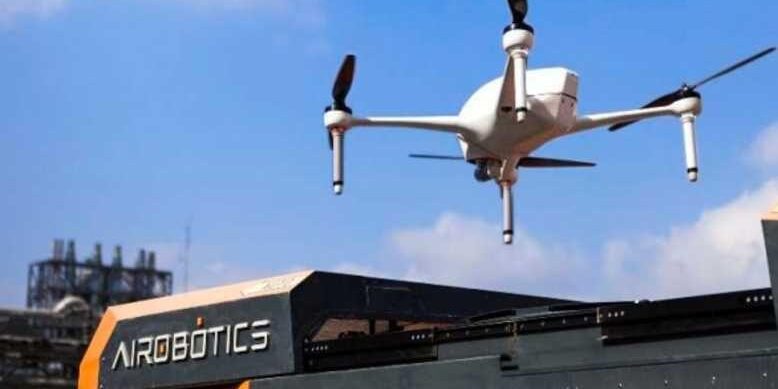Drone technology use on the rise in the wake of Covid-19
There has been a considerable increase in the use of drone technology across various scenarios in the wake of the global Covid-19 pandemic, with drones proving to be “of immense assistance”, says mapping service provider Southern Mapping’s Jaco Wiesner.
He explains that the integration of advanced technology – such as artificial intelligence (AI) and machine learning – in drones offers significant growth prospects to the market, as drones integrated with AI technology, for example, can “better understand their surroundings, map areas accurately, track and monitor the movement of specific objects, as well as offer precise and analytical feedback”.
Drones also offer real-time data-driven decision-making ability to users by ensuring the rapid capturing, processing and transferring of data, and AI-powered drones also allow users to collaborate, with data feed captured by other drones enabling the tracing of drone flight patterns in real time.
AI and machine learning, coupled with predictive learning models, facilitate faster data analysis to offer actionable insights, Wiesner adds, noting that, with the advent of the fifth-generation (5G) telecommunications delivery model and an integration with cloud computing technologies, drone development processes are anticipated to provide lucrative growth opportunities to the commercial drone market.
Additionally, the availability of high-speed Internet in drones enables users to communicate in highly demanding environments to perform operations such as media sharing, command-and-control and autonomous flying.
Effectively, Wiesner says, the provision of practice-efficient 5G network sharing enables service providers to offer seamless mobile broadband connectivity, ultra-low latency communications and massive machine-to-machine type communications deployment.
“This facilitates service providers to offer a drones-as-a-service model to users, thus ensuring continual business expansion and generation of new revenue streams,” he comments, noting that drones are becoming an essential part of professional photography and are increasingly being accepted by photographers to gain a competitive edge.
The precision agriculture segment, however, is anticipated to register a compound annual growth rate (CAGR) of over 60% from 2021 to 2028, as Wiesner says that drones have become one of the critical aspects for managing vital operations on farms.
“Farmers across the globe are trying to reduce their agricultural costs and expand yields. With the help of drones, farmers and agricultural workers can gather farm data, automate redundant processes and thus maximise their efficiency,” he says.
The delivery and logistics segment, meanwhile, is anticipated to exhibit the highest CAGR of over 60% from 2021 to 2028. Wiesner explains that this is owing to the fact that drones are set to transform the delivery and logistics sector worldwide owing to the emergence of the e-commerce industry.
The demand for drones, or unmanned aerial vehicles, in numerous military applications, together with the emergence of commercial drones’ applications, propel the growth in the use of drones, with industries such as construction, mining, oil and gas, and agriculture being some of the key drivers at this point in time.
However, Wiesner laments that the biggest constraint to this growth are still the lack of skilled drivers and more stringent regulations, which is said to hamper future demand.
Wiesner presented at the Africa Mining Drones Summit on June 24
![]()





